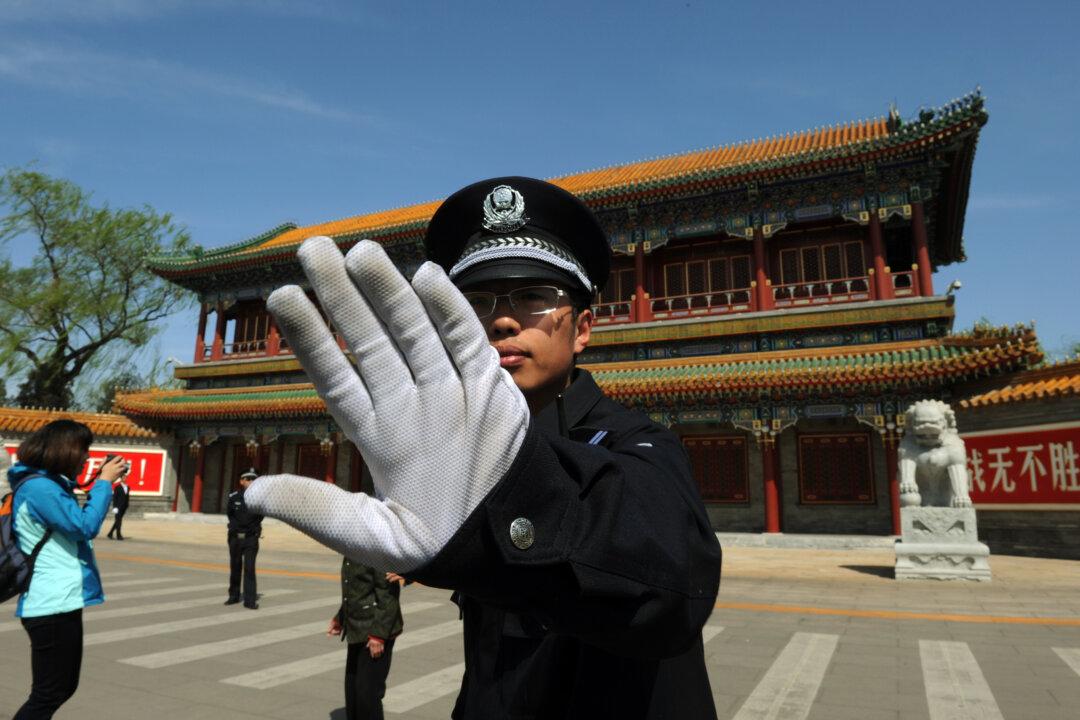Commentary
A flurry of reports propagating various economic and demographic statistics from communist China have been in the news lately. Is China on the rebound after reversing Chinese leader Xi Jinping’s signature—and failed—zero-COVID policy?

A flurry of reports propagating various economic and demographic statistics from communist China have been in the news lately. Is China on the rebound after reversing Chinese leader Xi Jinping’s signature—and failed—zero-COVID policy?